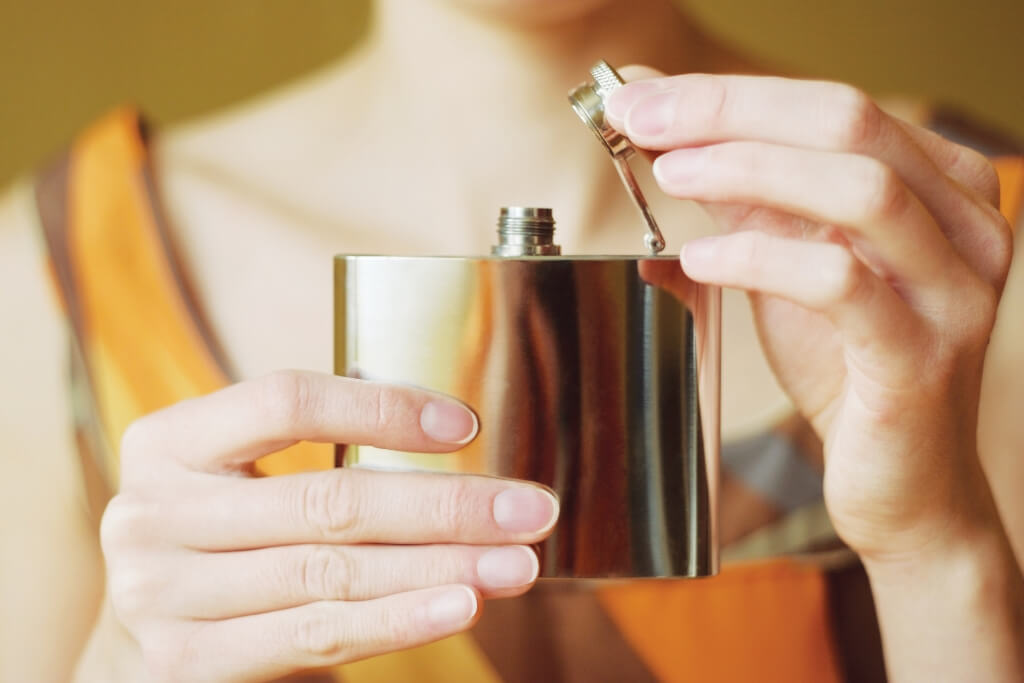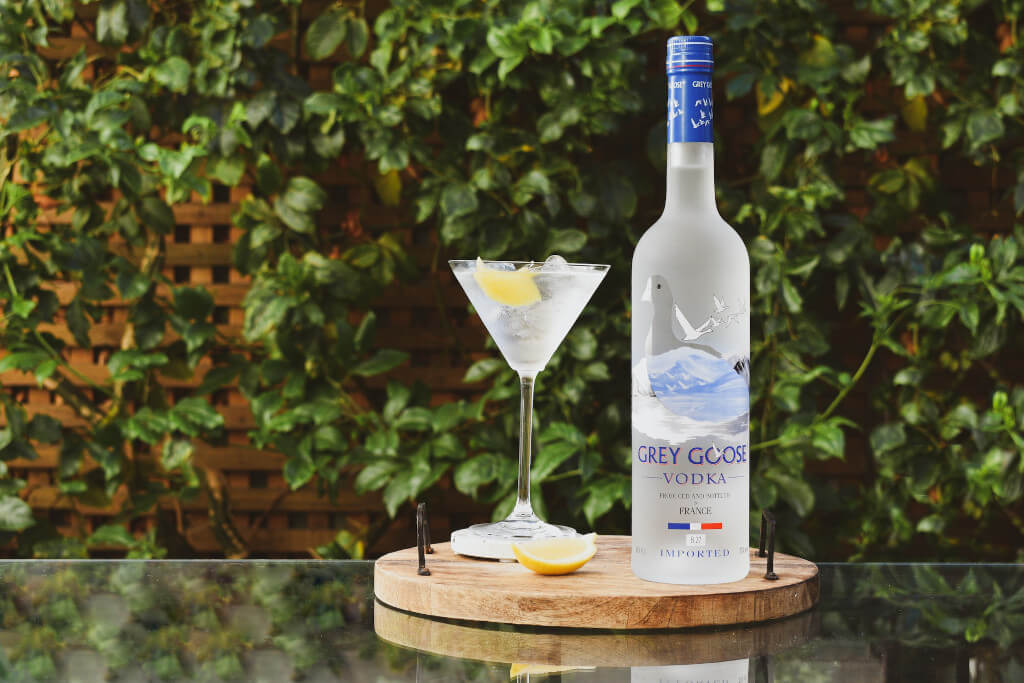These beloved libations hold a special place in the hearts of many for their versatility. However, a common question that often arises among enthusiasts is which of these two spirits is stronger?
When it comes to determining the strength of a spirit, one of the key metrics to consider is its Alcohol by Volume (ABV) measurement. ABV represents the percentage of alcohol in a given beverage, and the proof is simply double the ABV. For example, an 80-proof liquor has an ABV of 40%.
Both vodka and tequila belong to the category of distilled spirits, and their alcohol concentrations can vary significantly. Vodka, often hailed as one of the strongest spirits available, typically boasts an impressively high ABV of 95%. Tequila, on the other hand, while still quite potent, usually falls within the range of 38% to 40% ABV. However, it’s worth noting that some tequila brands push the boundaries, reaching ABV levels that rival vodka’s strength.
While alcohol content is a crucial factor in determining the strength of a spirit, it’s essential to understand that the effects of a drink on the body are not solely determined by its potency. Numerous factors come into play, including an individual’s tolerance level, the rate of consumption, and the quantity ingested. Therefore, it’s imperative to consume alcoholic beverages responsibly and in moderation.
It’s essential to be mindful of recommended serving sizes for alcoholic beverages. According to guidelines from the National Institute on Alcohol Abuse and Alcoholism, a standard drink typically contains about 14 grams of pure alcohol. This equivalates to 12 ounces of beer, five ounces of wine, or one and a half ounces of distilled spirits. Consuming more than these recommended amounts can significantly increase the risk of adverse health effects and alcohol-related accidents.
A Closer Look at Tequila

Tequila, the pride of Mexico, is a distilled spirit deeply rooted in tradition and culture. The primary ingredient of tequila is the blue agave plant, indigenous to Mexico. Tequila production is predominantly concentrated in the Mexican state of Jalisco, although it’s also made in select regions of other states. While tequila is most commonly used as a key ingredient in a wide array of cocktails, it can also be savored neat or with a splash of water. It all begins with the harvesting of the blue agave plant, which resembles a giant succulent pineapple. The leaves are meticulously removed to reveal the piña, or heart, of the plant. To convert the complex carbohydrates within the piñas into simple sugars, they are roasted in ovens or pits. This roasted piña is then crushed, allowing the juice to be extracted, initiating the fermentation process. Tequila is made by fermenting these sugars into alcohol and subsequently distilling the result. The type and quality of tequila produced depend on factors such as the aging process and the percentage of agave used in the production.
The alcohol content in tequila can vary depending on the specific variety and the proportion of agave used. Typically, tequila labeled as pure blue agave and bearing the NOM (Norma Oficialana) stamp has a maximum proof of 110, similar to vodka. However, some tequilas can reach as high as 140 proof, making them exceptionally potent. The range of alcohol content in tequila offers versatility to both connoisseurs and mixologists seeking to craft unique and flavorful cocktails.
A Masterclass in Vodka

Vodka, renowned for its neutrality, is a distilled spirit crafted from a variety of sources, including grains and potatoes. What sets vodka apart is its unique ability to remain colorless, odorless, and virtually flavorless. During the manufacturing process, the starch from these grains or potatoes is fermented into alcohol. Subsequently, the alcohol is distilled to remove impurities and increase the alcohol concentration. Following distillation, the liquid is meticulously filtered and diluted to achieve the desired alcohol content. Vodka’s simplicity in production is a testament to its enduring popularity.
Vodka’s alcohol by volume (ABV) can range from 35% to 50%, with 40% being the standard. However, it’s important to understand that a spirit’s strength is not solely determined by its ABV. Various factors, such as an individual’s tolerance level, the rate of consumption, and the quantity consumed, can all influence the impact of vodka on the body. Vodka’s versatility and relatively high alcohol content make it a staple in the world of mixology, where it serves as a blank canvas for crafting a wide variety of cocktails. One of the most significant distinctions between vodka and tequila lies in their taste profiles. Tequila, thanks to the blue agave plant, offers a unique and diverse flavor profile. Depending on the variety and the aging process, tequila can encompass notes of sweetness, earthiness, pepperiness, and even fruitiness. In contrast, vodka is celebrated for its clean and crisp flavor, with a neutrality that allows it to seamlessly blend into cocktails without overpowering other ingredients.
Common Questions Answered
What Are Clear Liquors?
Clear liquors, also referred to as clear spirits, are distilled spirits that are colorless and transparent. Some of the most beloved clear liquors include white whiskey, rum, vodka, gin, and tequila. These versatile spirits serve as the foundation for countless cocktails and mixed drinks, offering a blank canvas for creative mixologists.
Is Rum Stronger Than Tequila?
While both rum and tequila are distilled spirits, they differ in terms of ingredients and alcohol content. Tequila, made from blue agave, typically has an ABV of 38% to 40%. In contrast, rum, which is sugarcane-based, often boasts an ABV of 40% or higher. This distinction generally makes rum stronger than tequila.
What Is the Most Potent Alcohol?
The potency of alcohol is measured in terms of Alcohol by Volume (ABV). Absinthe, known for its high thujone concentration, can have an ABV of up to 89.9%, making it one of the most potent distilled spirits. Everclear is another formidable option, with an ABV that can reach up to 95%. However, it’s important to note that absinthe is illegal in many countries due to its high thujone content.
Does Vodka Make You Drunk Faster Than Tequila?
The rate at which alcohol affects an individual can vary based on several factors, including the amount consumed, the alcohol concentration, body weight, metabolism, and individual tolerance levels. Therefore, it’s challenging to definitively determine whether vodka or tequila would lead to faster intoxication. However, it’s worth noting that taking shots of tequila may lead to quicker absorption and a faster onset of intoxication due to its flavor and potency.
Vodka and tequila, while both strong in their own right, couldn’t be more different when it comes to flavor, production, and overall experience. Vodka, celebrated for its neutrality and simplicity, is a versatile spirit that can effortlessly blend into a wide range of cocktails. Its average ABV of 40% makes it undeniably strong, ensuring that even in mixed drinks, it plays a substantial role.
On the other hand, tequila, with its rich flavor profile, showcases the diversity of the blue agave plant. From fruity and sweet to peppery and earthy, the range of tastes tequila offers is a testament to its complexity. While tequila’s ABV generally ranges from 38% to 40%, some brands push the boundaries, offering even higher proofs. Ultimately, the choice between vodka and tequila comes down to personal taste, the experience you seek, and the specific cocktail you intend to craft.
